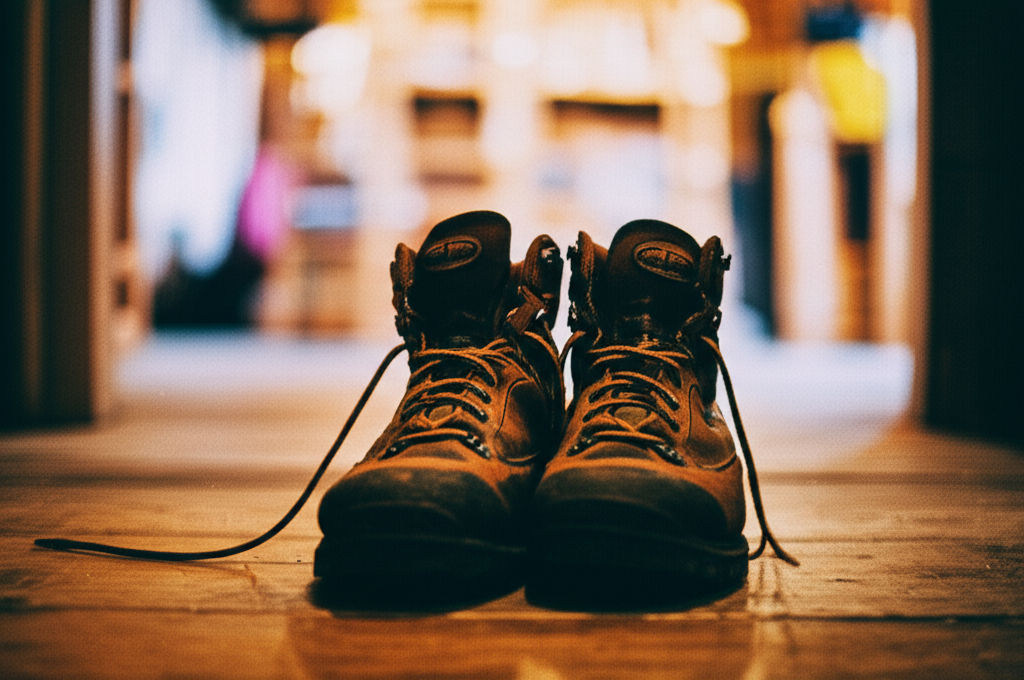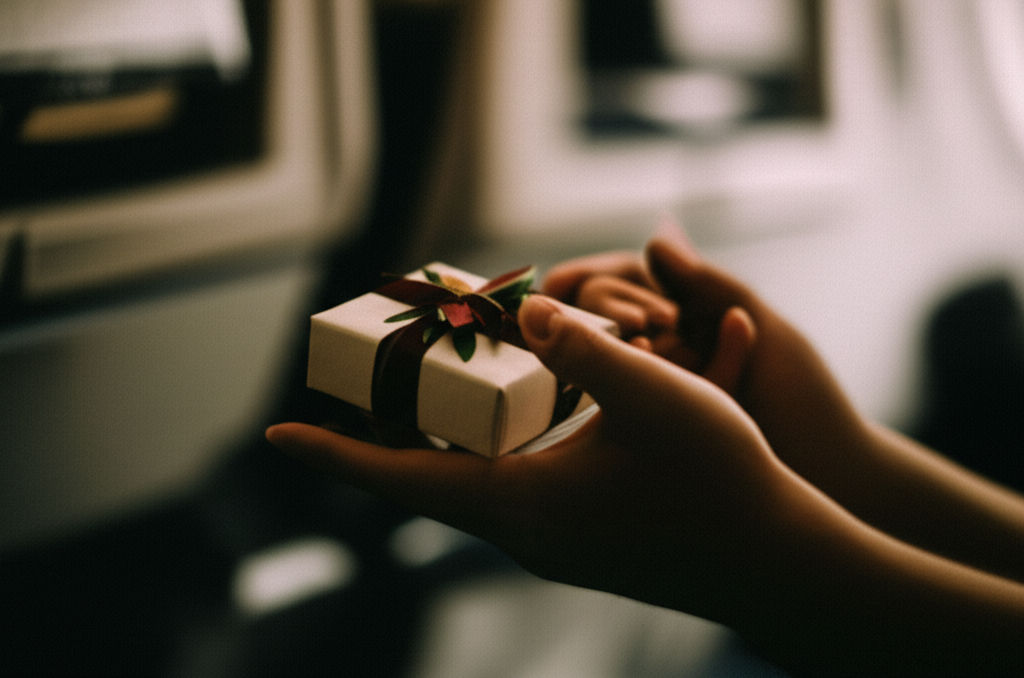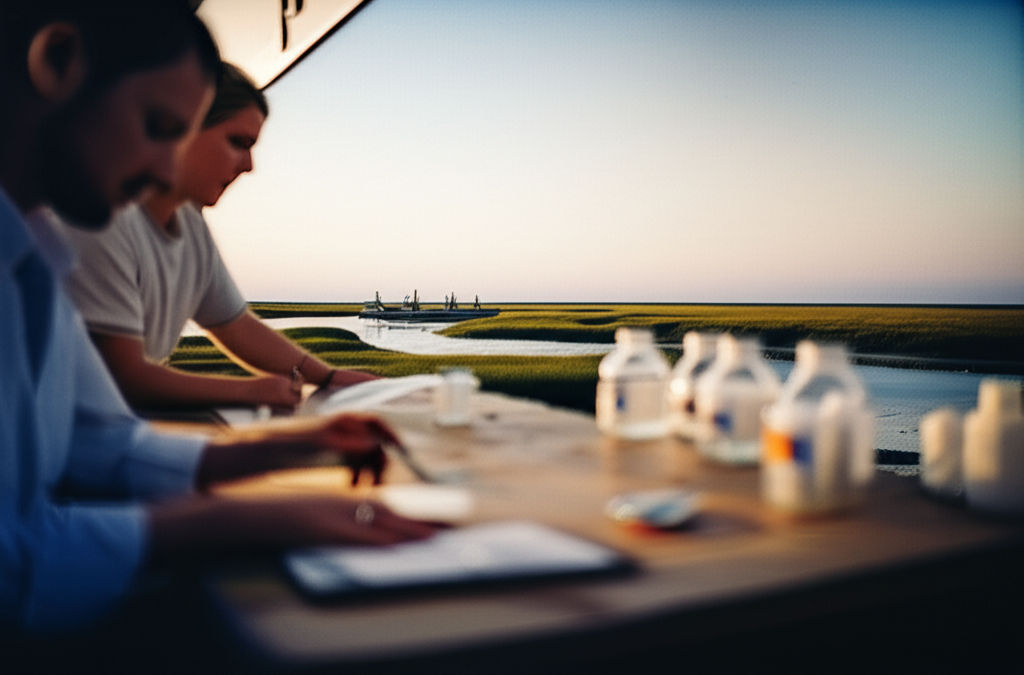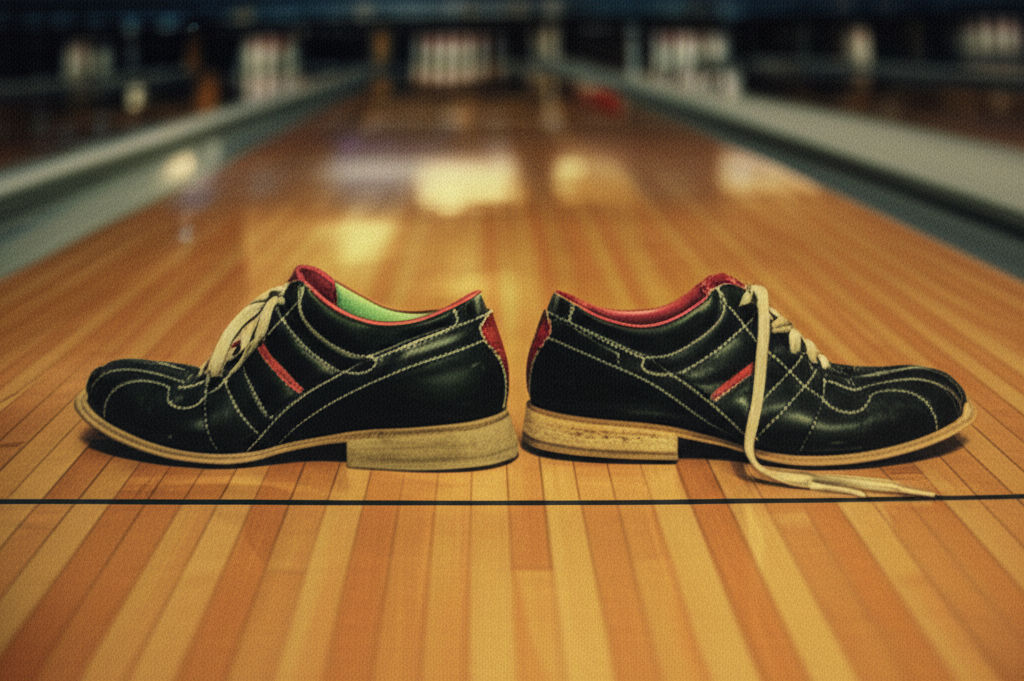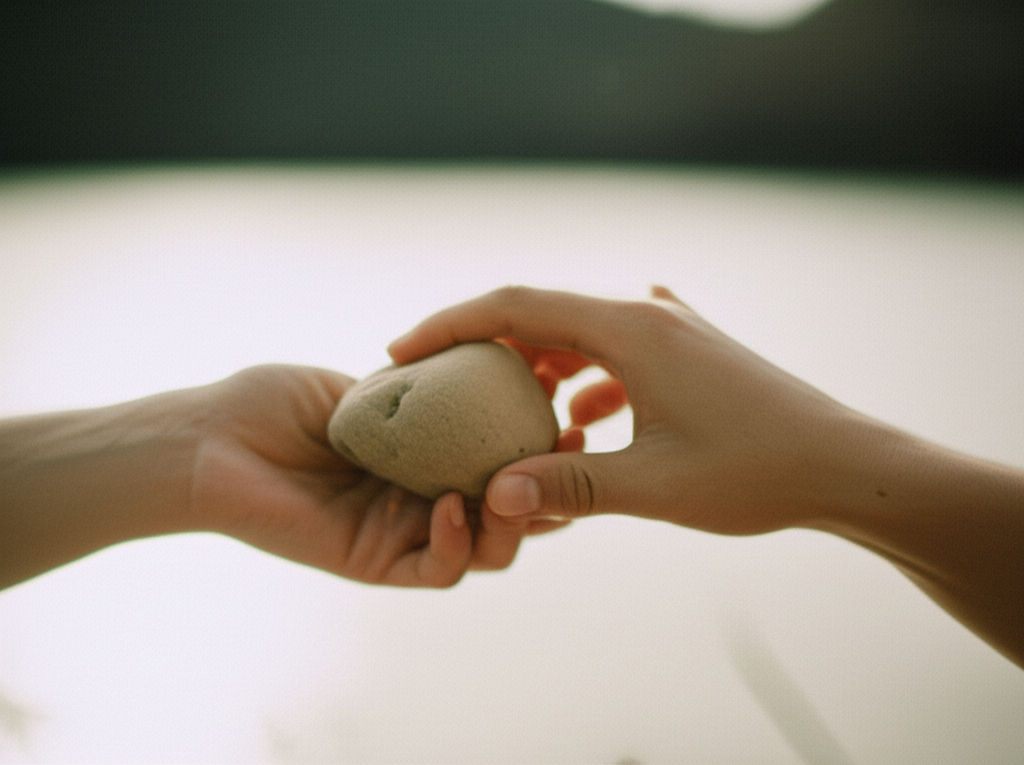Landscaping Business Cards That Pop
Ikhsan Rizki

Photo: Landscaping business cards need to pop! Learn how to design a card that stands out, impresses clients, and reflects your brand's quality.
A strong business card is more than just contact information; it's a tangible representation of your brand's professionalism and creativity. For landscaping businesses, where visual appeal and attention to detail are paramount, having landscaping business cards that pop isn't just a nice-to-have—it's a necessity.
In a competitive market, a generic, forgettable business card can easily get lost in the shuffle. How do you ensure yours stands out and leaves a lasting impression? This comprehensive guide will walk you through the essential elements, design strategies, and material choices to create a business card that truly reflects the beauty and quality of your landscaping work.
Why Your Landscaping Business Card Needs to Pop
Think about it: your business card is often the very first physical interaction a potential client has with your brand. It's a pocket-sized billboard, a silent ambassador that speaks volumes before you even say a word.
- First Impressions Matter: A well-designed card immediately conveys professionalism and attention to detail, setting a positive tone for future interactions.
- Stand Out from the Crowd: In a sea of competitors, a unique and memorable card helps you cut through the noise and remain top-of-mind.
- Reinforce Brand Identity: Your card should visually align with your company's values and aesthetic, creating a cohesive and recognizable brand image across all your marketing materials.
- Tangible Reminder: Unlike a fleeting digital ad, a physical business card can be kept, shared, and referred back to, serving as a constant reminder of your services.
Key Elements of a Popping Landscaping Business Card
Creating a business card that "pops" involves a thoughtful combination of design, information, and branding.
Visual Impact: Colors, Imagery, and Fonts
The visual elements are your first opportunity to capture attention and communicate your brand's essence.
- Color Palette: Embrace colors that resonate with nature. Think lush greens, earthy browns, serene blues, and even vibrant floral accents. Ensure readability and contrast, making your information easy to absorb.
- Imagery: A picture can be worth a thousand words. Consider incorporating high-quality images of your best work—a beautifully manicured lawn, a stunning garden design, or a unique hardscape project. Alternatively, use nature-inspired graphics like leaves, trees, or serene garden settings.
- Fonts: Choose fonts that are clean, legible, and reflect your brand's style. A modern, sleek font can convey sophistication, while something more organic might suit a natural, rustic brand. Avoid overly decorative fonts that are hard to read, especially on a small card.
Essential Information: Don't Forget the Basics
While aesthetics are crucial, the primary purpose of a business card is to provide contact information. Ensure these details are clear, concise, and easy to find.
- Company Name and Logo: Your logo is your brand's visual cornerstone. It should be prominent and instantly recognizable.
- Your Name and Title: Personalize the card and establish your role.
- Contact Information: This is non-negotiable. Include your phone number, email address, and website. If you have a physical address or social media handles you want to promote, include those too.
- Brief Description of Services/Tagline: A catchy slogan or a concise list of your core services (e.g., "Lawn Care, Garden Design, Hardscaping") can quickly inform potential clients what you offer.
The Power of Your Logo
Your logo is the cornerstone of your brand identity. On a business card, it serves as the most immediate visual cue. It should be:
- Memorable: Easy to recall and associate with your business.
- Relevant: Visually connect to the landscaping industry.
- Versatile: Look good in various sizes and across different mediums.
If you don't have a professional logo, investing in one is a critical step towards creating landscaping business cards that pop.
Materials and Finishes That Make Your Card Stand Out
The tactile experience of a business card can be just as impactful as its visual design. The feel of the card in someone's hand can subtly communicate quality and professionalism.
Beyond Standard Cardstock
While standard cardstock works, opting for higher quality materials can significantly elevate your card.
- Thickness and Weight: Thicker cardstocks (e.g., 16pt, 18pt, or even 24pt/32pt) feel more substantial and durable, conveying a sense of luxury and professionalism.
- Recycled Paper: If eco-friendliness is a core value of your landscaping business, using recycled cardstock can reinforce that message.
- Unique Materials: For a truly distinctive card, some companies offer options like wood, cork, or even plantable seed paper that grows flowers or herbs.
Textures and Tactile Experiences
Adding texture can make your card literally stand out in someone's hand.
- Embossing/Debossing: This technique raises (embosses) or depresses (debosses) specific design elements, like your logo or text, adding a sophisticated tactile dimension.
- Textured Paper: Papers with a subtle texture, such as linen or those mimicking natural elements like grass or stone, can add an organic feel that aligns perfectly with a landscaping brand.
Specialty Finishes to Elevate Your Brand
These finishes add a layer of sophistication and visual interest.
- Matte Finish: Offers a smooth, non-reflective surface that looks clean and professional. It's durable and fingerprint-resistant, ideal for a sleek, modern look.
- Glossy/UV Finish: Provides a high-sheen, vibrant appearance that makes colors pop and enhances design elements. It's also scuff-resistant.
- Spot UV: This technique applies a glossy, raised coating to specific areas (like your logo or a graphic), creating a striking contrast against a matte background and drawing the eye to key details.
- Foil Stamping: Using heat to apply a thin metallic foil (gold, silver, rose gold, etc.) to chosen elements, foil stamping adds a luxurious, eye-catching shine.
- Die-Cut Shapes: Break away from the traditional rectangle! A die-cut card can be shaped like a leaf, a tree silhouette, or another relevant icon, making it instantly memorable.
- Edge Painting/Gilding: Applying color or a metallic finish to the edges of the card adds a subtle yet elegant touch.
- Soft-Touch Lamination: This finish provides a velvety, smooth feel, adding a premium and inviting tactile experience.
Actionable Tips for Designing Your Popping Landscaping Business Card
Ready to get started? Here are some practical steps to ensure your landscaping business cards that pop are a success:
- Keep it Clean and Uncluttered: Business cards are small. Avoid cramming too much information or too many graphics. Simplicity often yields more powerful results, ensuring your essential information stands out.
- Include a Call-to-Action (CTA): What do you want people to do after they receive your card? Include a subtle CTA, such as "Visit our portfolio at [YourWebsite.com]" or "Scan for a free estimate." A QR code can be an excellent way to link directly to your portfolio, contact form, or social media.
- Proofread Meticulously: A typo on a business card can undermine your professionalism. Double-check all names, numbers, email addresses, and website URLs. Then, have someone else proofread it too!
- Consider Unique Shapes/Sizes (Carefully): While die-cut cards can be incredibly memorable, ensure your chosen size or shape is still practical and fits easily into wallets or cardholders.
- Work with a Professional Designer: If design isn't your forte, investing in a professional graphic designer can make all the difference. They can help translate your vision into a stunning, effective card that truly pops.
Conclusion
Your landscaping business card is more than just a piece of paper; it's a powerful marketing tool that can cultivate new client relationships and reinforce your brand's reputation. By focusing on thoughtful design, high-quality materials, and unique finishes, you can create landscaping business cards that pop—cards that not only share your contact details but also showcase the artistry and professionalism of your work.
Don't let your business card be an afterthought. Make it a memorable extension of your brand that leaves a lasting, positive impression.
Frequently Asked Questions
What information should I include on my landscaping business card?
Your landscaping business card should include your company name and logo, your name and title, contact information (phone number, email, website), and a brief description of your services or a compelling tagline.
How can I make my landscaping business card unique?
To make your landscaping business card unique, consider using creative design elements like nature-inspired imagery, a distinctive color palette, or a minimalist modern aesthetic. Opt for high-quality materials, interesting textures, or special finishes like die-cut shapes, spot UV, or foil stamping.
Is it worth investing in high-quality paper for business cards?
Absolutely. Investing in high-quality paper (e.g., 16pt or 18pt cardstock) makes your business card feel more substantial and durable, conveying professionalism and leaving a stronger, more luxurious impression on potential clients.
Should I include a QR code on my landscaping business card?
Yes, including a QR code can be an excellent idea. It provides a quick and easy way for clients to access your online portfolio, request a quote, or visit your website directly from your card, enhancing its functionality.
Business
View All
November 19, 2025
Why Deloitte Is Laying Off ConsultantsUnderstand why Deloitte is laying off consultants. Economic headwinds, post-pandemic overhiring, and shifting client needs are key factors.
Ikhsan Rizki

August 11, 2025
Review of HON Office FurnitureChoosing office furniture? Our HON review covers reliability, affordability, and who it's best for, helping you pick the right fit for your workspace.
Ikhsan Rizki

August 31, 2025
Best Ways to Find Costco Coupons in 2025Unlock maximum Costco savings in 2025! Discover how to find Instant Savings, use the app, and get email deals for ultimate discounts.
Ikhsan Rizki

November 5, 2025
Virginia Business Search Made EasyUnlock Virginia business info effortlessly! Our guide simplifies SCC searches for name availability, due diligence, and company details. Get reliable results.
Ikhsan Rizki

August 14, 2025
Business Lessons from Busy SpiderUnravel the secrets of success! Discover how a spider's strategic web design, persistence, and efficiency can transform your business.
Ikhsan Rizki

September 10, 2025
How to Style a Risky Business OutfitElevate your office style! Master the "risky business outfit," balancing professionalism with a confident, fashion-forward edge.
Ikhsan Rizki
Economy
View AllUnpack "full employment" beyond zero unemployment. Discover its true meaning, impact on the economy, and how it shapes policy. Master key economic concepts.
Ikhsan Rizki
Decatur, GA on a budget? Learn strategies to find an affordable, quality hotel stay. Enjoy your trip without sacrificing comfort or location!
Ikhsan Rizki
Find comfortable, clean, and affordable economy lodges for your next trip. Our guide helps you discover budget-friendly stays near you!
Ikhsan Rizki
Unlock motivation with the power of token economies! Learn the psychology behind this system to drive positive behavior and achieve goals.
Ikhsan Rizki
Upgrade your long-haul flight! Discover ITA Airways Premium Economy: enhanced comfort, more space, and amenities without the business class price tag. Is it for...
Ikhsan Rizki
Is Singapore Airlines Economy a cut above? Uncover its premium comfort, world-class entertainment, and renowned service in this guide.
Ikhsan Rizki
Education
View AllMaster "Physical Education" in Spanish! This guide covers "Educación Física," "EF," and regional variations like "Gimnasia." Speak confidently!
Read MoreDiscover special education teacher salaries! Learn national averages, key influencing factors, and strategies to boost your income in this rewarding career.
Read MoreUncover the UGA Marine Center in Savannah, GA. Dive into groundbreaking marine research, education, and conservation protecting Georgia's coast.
Read MoreEmpower your child's special education journey. An IEE offers an unbiased second opinion to ensure their needs are truly met.
Read MoreShape the future of education! Explore Director of Education jobs, key responsibilities, and career paths for experienced leaders.
Read MoreUnpack why Democratic AGs are suing the Education Dept. Learn the key issues, from student loans to policy, and their impact on American education.
Read MoreHealth
View All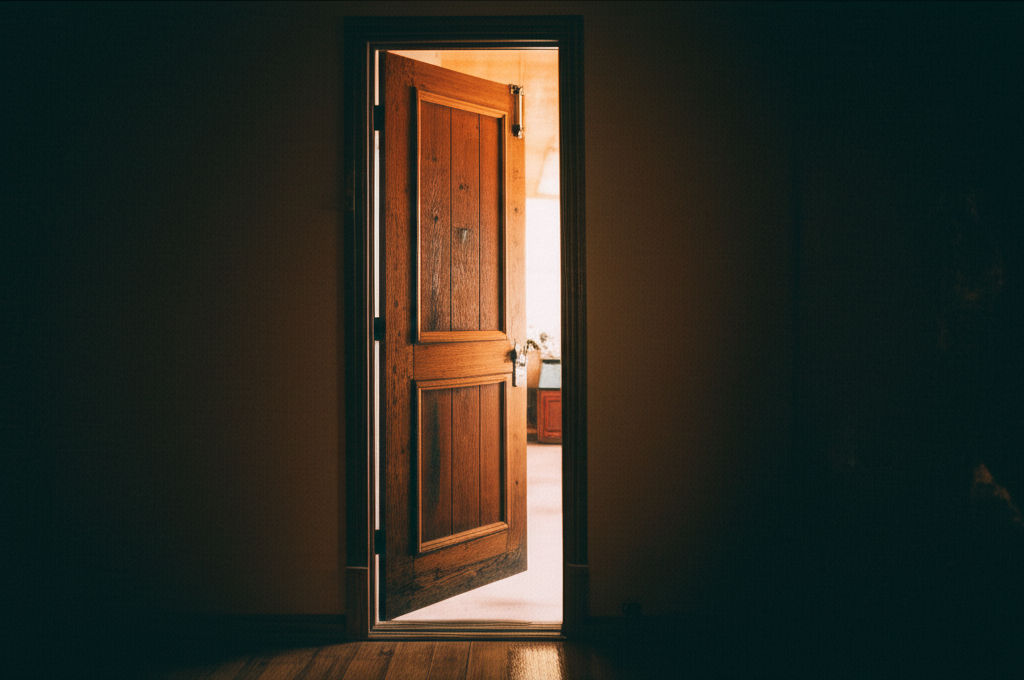
September 24, 2025
Pueblo Community Health ServicesDiscover Pueblo Community Health Services (PCHS): accessible, comprehensive medical, dental, & behavioral health for all in Pueblo. Your guide to quality care.
Ikhsan Rizki

August 24, 2025
LifeStance Health Reviews TodayConsidering LifeStance Health? Get real patient insights. Explore services, reviews, and tips to decide if this mental health platform is right for you.
Ikhsan Rizki

November 6, 2025
Ponce Health Sciences University InfoPonce Health Sciences University (PHSU): A distinguished choice for health education, offering diverse programs, cutting-edge research & community focus.
Ikhsan Rizki

November 29, 2025
San Jose Behavioral ServicesSan Jose behavioral services: Your guide to mental wellness in Silicon Valley. Find local support & thrive amidst life's pressures.
Ikhsan Rizki

October 26, 2025
Follow My Health Northwell Login TipsGet seamless access to your Follow My Health Northwell patient portal. Our guide offers tips to resolve login issues and manage your health records with ease.
Ikhsan Rizki

August 24, 2025
Top 25 Health Science Jobs for 2025Unlock your future! Discover the top 25 in-demand health science jobs for 2025. Find a fulfilling and stable career in healthcare.
Ikhsan Rizki
Popular Articles
View All
1
2
3
4
5
6
7
8
9
10
Lifestyle
View All
November 2, 2025
What is HM Lifestyle on your credit card
Mysterious "HM Lifestyle" charge on your card? Unravel what it means, from H&M purchases to potential fraud, and how to investigate.

September 18, 2025
Life With a Five Million Dollar Net Worth
Ever wonder what life with $5M net worth is *really* like? Uncover the true realities, responsibilities, and financial freedom beyond the luxury.

November 24, 2025
Inside Red Monkey Lifestyle Brand
Red Monkey Lifestyle Brand: Authentic rock & roll style handcrafted in America. Unique, vintage-inspired accessories for those who stand out.

October 1, 2025
The Passage Hotel Is a Must Stay
The Passage Hotel Basel: Your must-stay destination for luxury, comfort, and an unbeatable city center location. Unforgettable travel awaits!

August 13, 2025
Manchester Adult Lifestyle Overview
Unlock your best life in Manchester! This guide covers top neighborhoods, career insights, leisure, and community to help you thrive in this vibrant city.

October 8, 2025
Bose Model 5 Music System
Explore the Bose Model 5 Music System. Get immersive, room-filling sound from a sleek, compact home audio solution. Rediscover your music!

November 8, 2025
Inside the world of Lifestyle Inc
Explore "Lifestyle Inc," the vast ecosystem shaping modern life. Understand its influence, make mindful choices, and take control of your well-being.

November 18, 2025
Are Lifestyles Prices Worth It
Are your lifestyle choices worth the cost? Decode "lifestyle prices" to ensure you're getting true value from your spending.
Sports
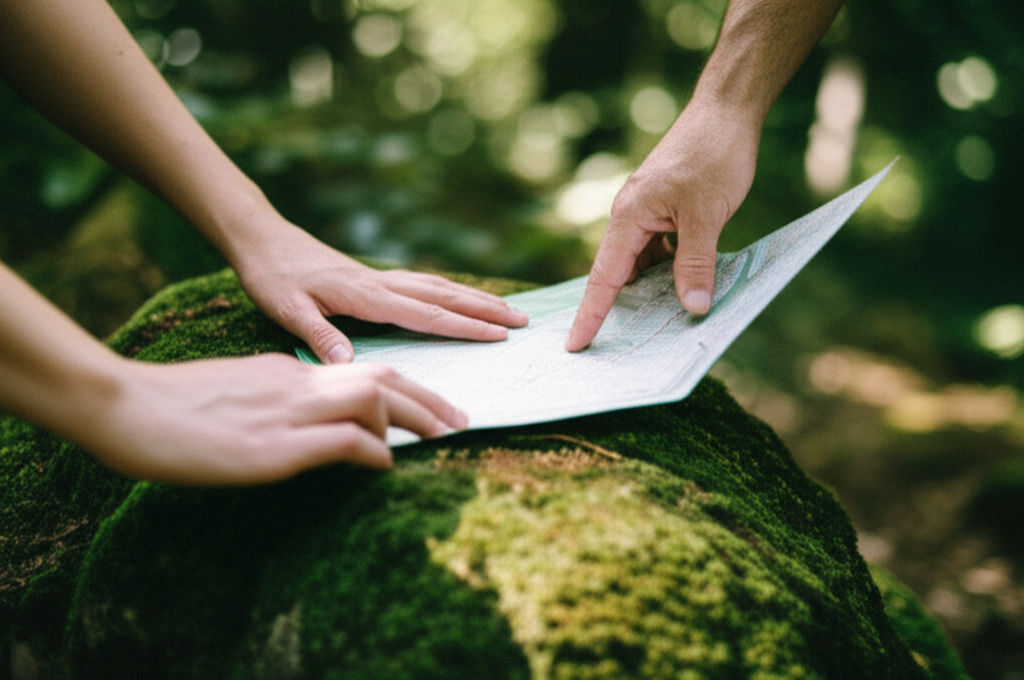




Travel
View All
October 31, 2025
Tex Best Travel Center Roadside Stop
Find the perfect pit stop in Texas! Tex Best Travel Center offers clean restrooms, diverse fuel, and food to redefine your road trip experience.

October 4, 2025
EOS Vanilla Cashmere Hand Cream Travel Size
Banish dry travel hands! Get soft, hydrated skin on the go with EOS Vanilla Cashmere Hand Cream Travel Size. Your compact hydration secret.

September 27, 2025
Prayer for Safe Travel
Find peace and protection for your journey. Discover how a powerful prayer for safe travel can reduce anxiety and bring divine peace of mind.

August 5, 2025
Direct Line travel insurance
Direct Line travel insurance: No new policies. Existing customer? This guide helps you manage your policy, understand coverage, & navigate claims.
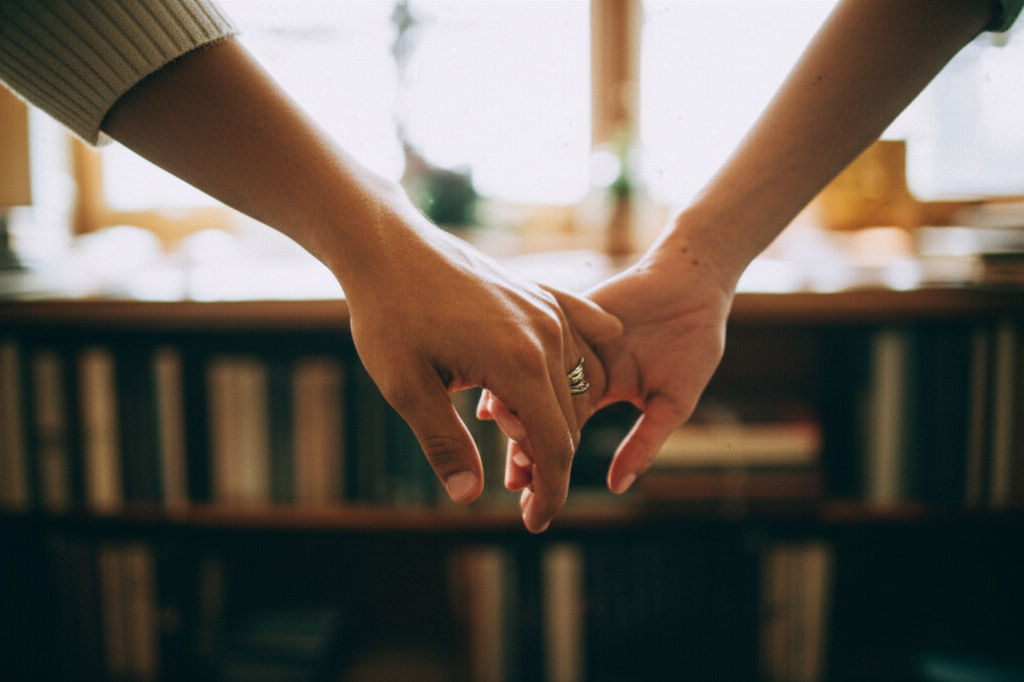
October 4, 2025
Fellow Travelers Book on Love and Politics
Discover Thomas Mallon's "Fellow Travelers," a poignant novel masterfully intertwining forbidden love with McCarthy-era political paranoia.
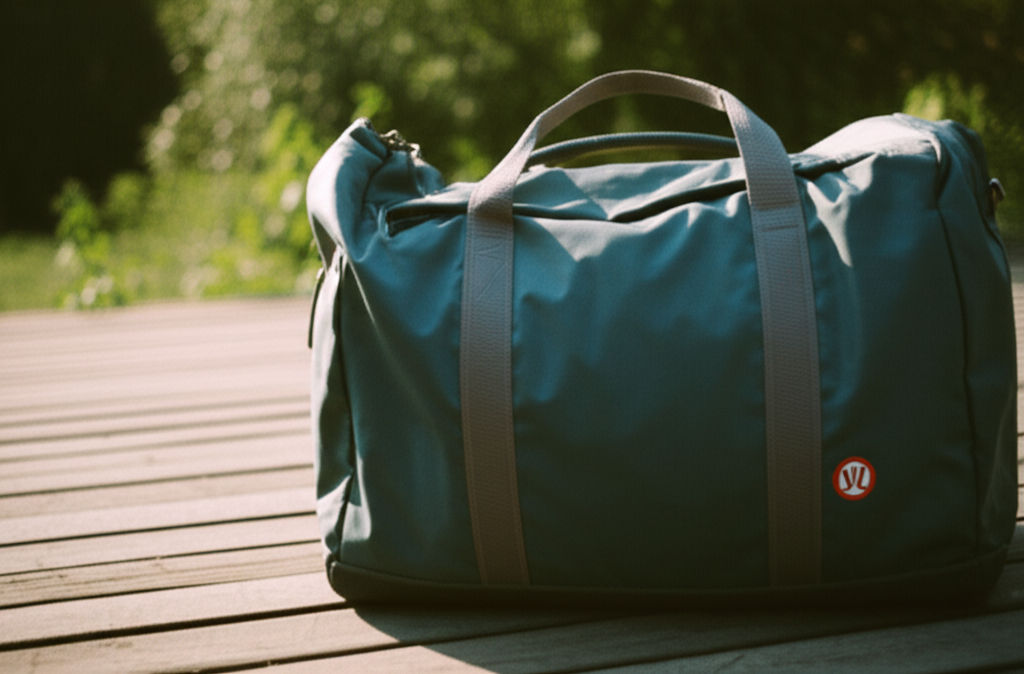
November 7, 2025
Lululemon Travel Bag for Active Lifestyles
Elevate your active travel! Find the ultimate Lululemon bag for seamless organization, durability, and style on all your adventures.


